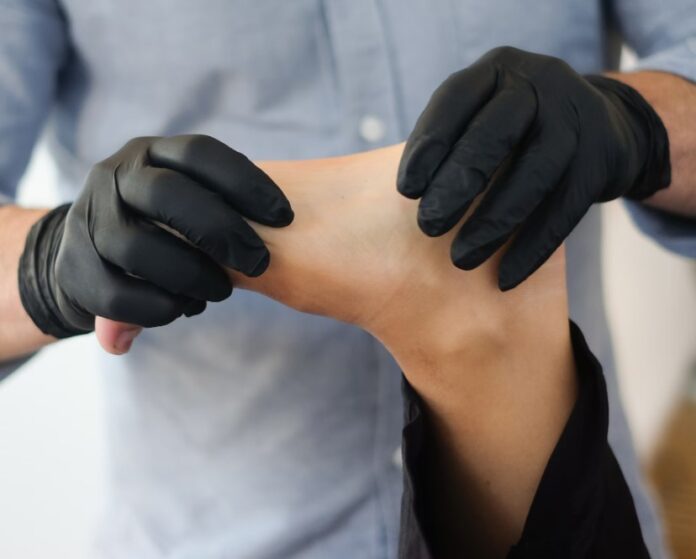Whether you are recovering from surgery, managing an injury or addressing age-related mobility issues, physical therapy can help. It can also prevent future injuries from occurring.
PT can help you avoid re-injuring yourself in the future, especially by identifying and strengthening supporting muscles. Here’s how. It may even help you avoid surgery altogether.
Flexibility
Physical therapists are known for helping patients recover from injuries and heal from surgeries, but did you know that they also provide preventative care? They can teach you exercises and techniques that you can use to improve your flexibility, balance, strength, and coordination, all of which can help prevent future injuries.
Flexibility is the ability of muscles, joints, and soft tissues to move through a full range of motion without pain. It is typically assessed using goniometers, which measure the angle of a joint’s movement.
Studies have found that flexible people tend to be healthier and have better posture and movement patterns. Flexibility is often linked with reduced back pain symptoms and prevention of injury and sports performance-related problems. Gender and ethnicity also impact flexibility: girls are generally more flexible than boys, and youth are more flexible than adults.
Strength
Strength is an incredibly ambiguous word that can be used to describe many different things. It can be physical or emotional, but the main thing is that it allows you to overcome adversity.
A physical therapist can help you develop your strength so that you are less likely to injure yourself in the future. They can also teach you how to properly perform exercises and movements so that you aren’t straining your body unnecessarily.
Sage physical therapy can also help prevent injuries in athletes by ensuring they have the right strength and conditioning program to prepare their bodies for their sport. This can help them avoid damage and improve their performance, whether assisting them to score more points or run faster than ever before.
Balance
Most people use physical therapy to treat an injury, but it can also help prevent future injuries. Your therapist can identify muscle weakness and tightness, balance deficits and other factors that increase your risk for injury and create an exercise regimen to address them.
For example, a therapist can evaluate your posture and teach you ways to improve it, which helps prevent orthopedic injuries caused by poor form. They can also educate you on proper techniques and body mechanics for sports and exercise, which can reduce your risk of injury by ensuring your muscles are correctly used.
PT can also help prevent falls, one of the leading causes of death in older adults. A therapist can work closely with patients to improve their balance and strengthen their core, significantly reducing their fall risk.
Coordination
Coordination ties into movement efficiency; the more coordinated you are, the less energy it takes to move. This allows you to perform more, reducing your injury risk.
Physical therapists are experts at understanding human body movements and how they function, which is why they can help prevent injuries before they happen. They can screen patients for tightness, weakness, and balance deficits that increase their risk of injury and create a treatment plan to strengthen those areas and improve coordination.
Coordination is synchronizing internal organizational elements to work towards the same goals. It eliminates conflicting actions and is needed at all levels of management to achieve corporate objectives.
Core strength
Having strong core muscles is essential for everyday movement. Walking down a set of stairs, carrying a heavy laundry basket and navigating slippery surfaces all require balance and stability from a well-developed core.
Weak core muscles can cause poor posture and lower-back pain. Weak core muscles can also strain other forces, making them more susceptible to injury. These injuries can be prevented by strengthening your core muscles.
Core muscles include abdominal, pelvic floor, and lower back muscles. These muscles are divided into two groups: stabilizers and movers. The stabilizing muscles (transversus abdominis, multifidus, and pelvic floor muscles) help maintain intra-abdominal pressure and support the spine. The movers (erector spinae, rectus abdominus, and obliques) allow you to bend, twist, sit, and move your arms and legs.


